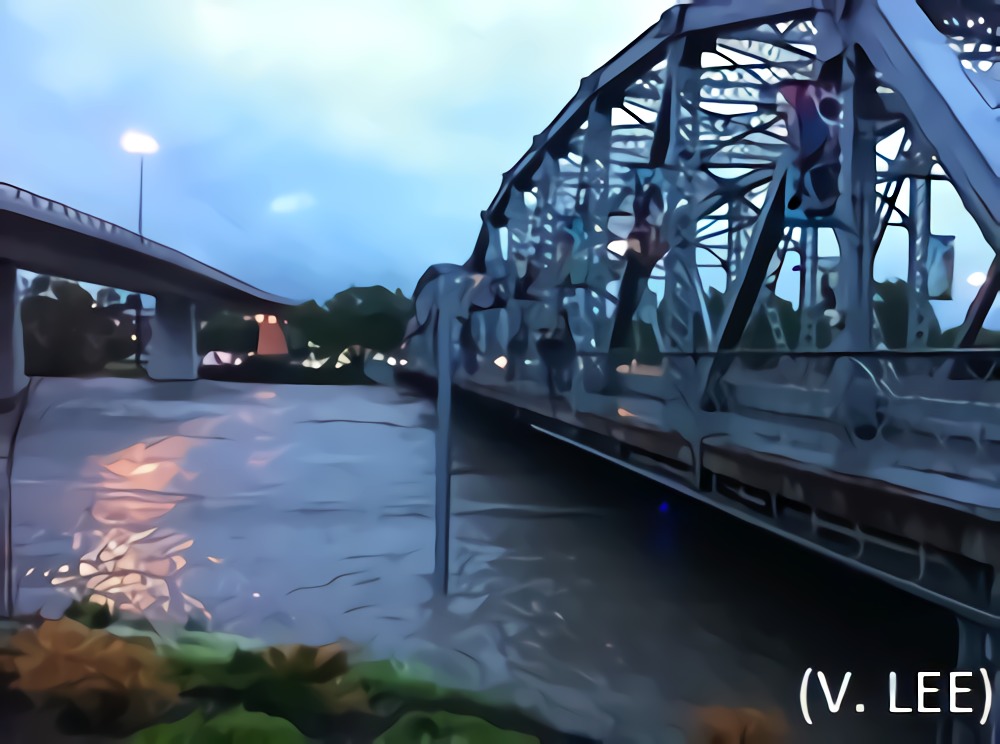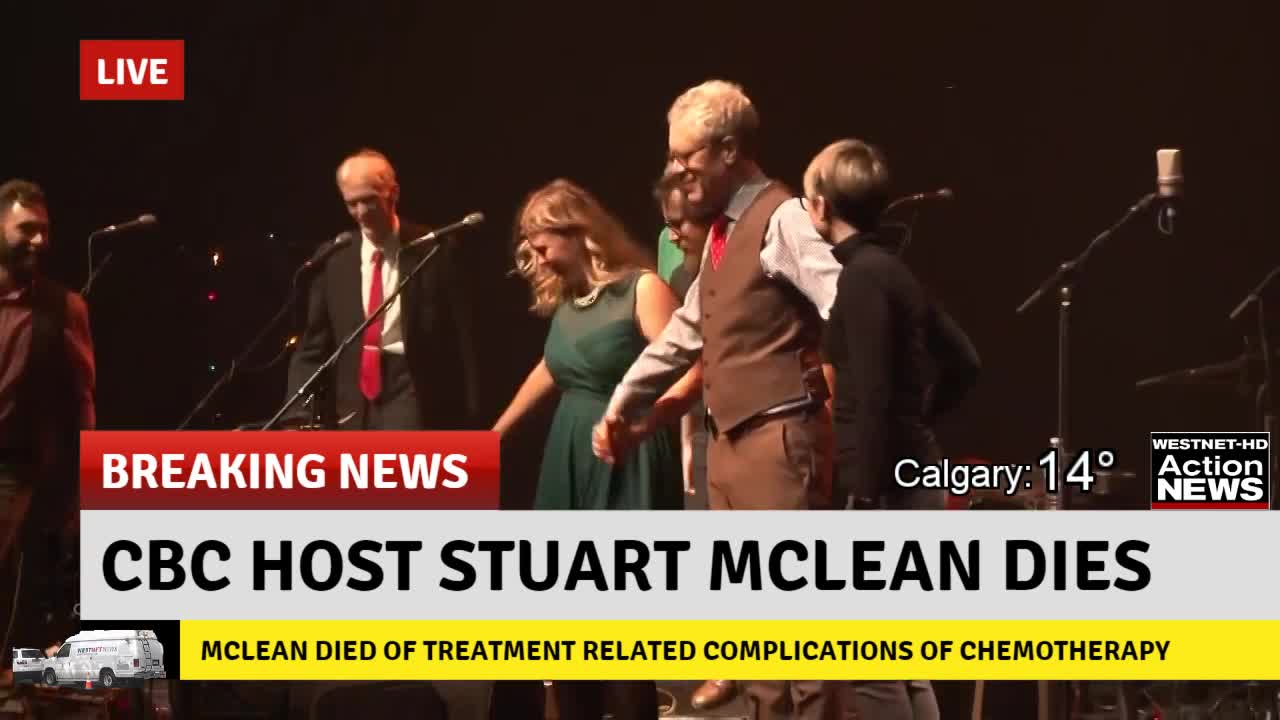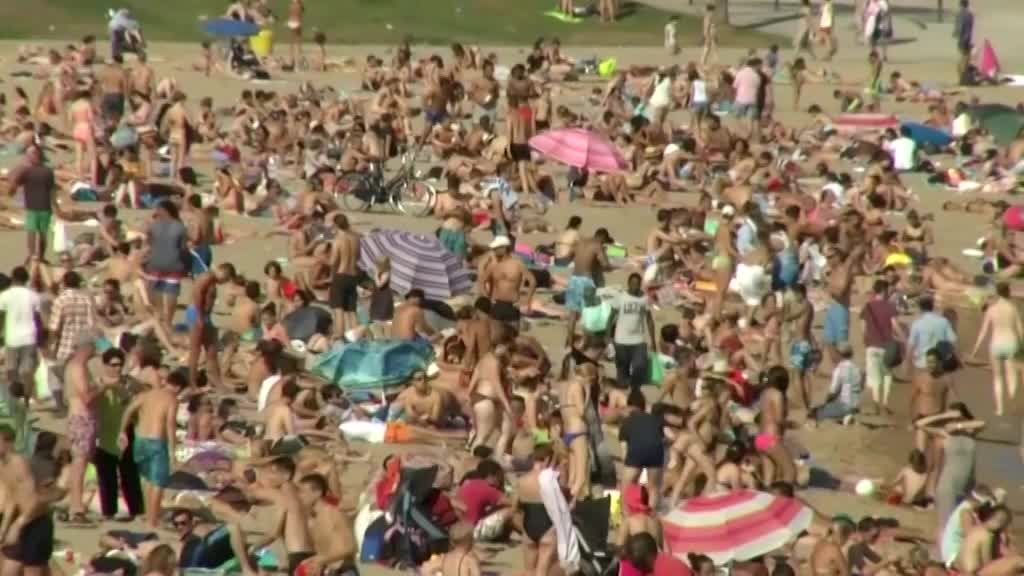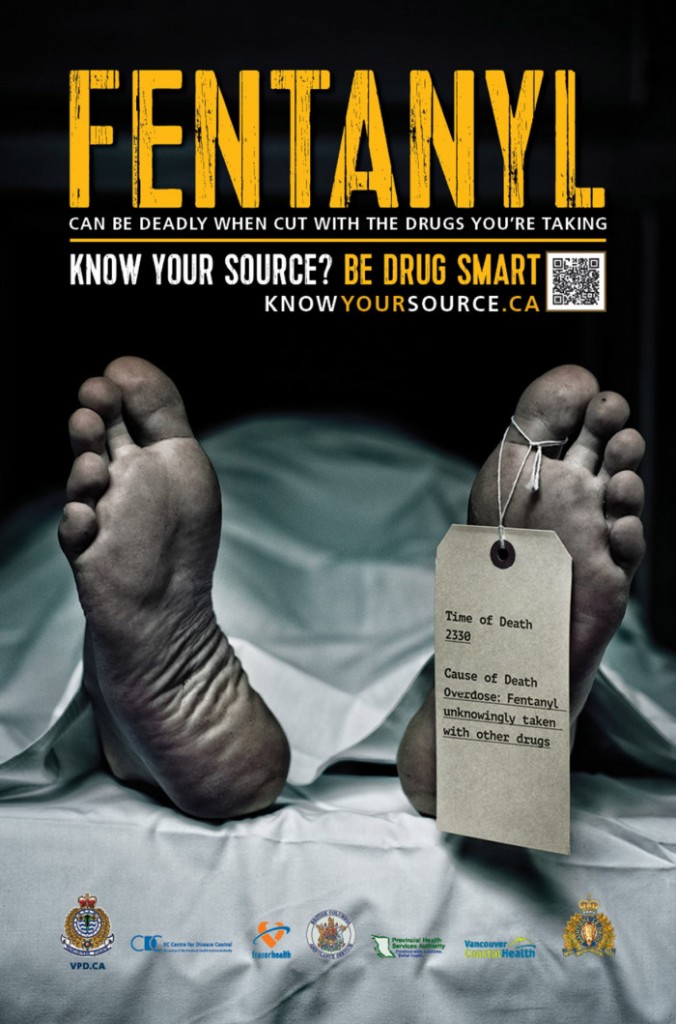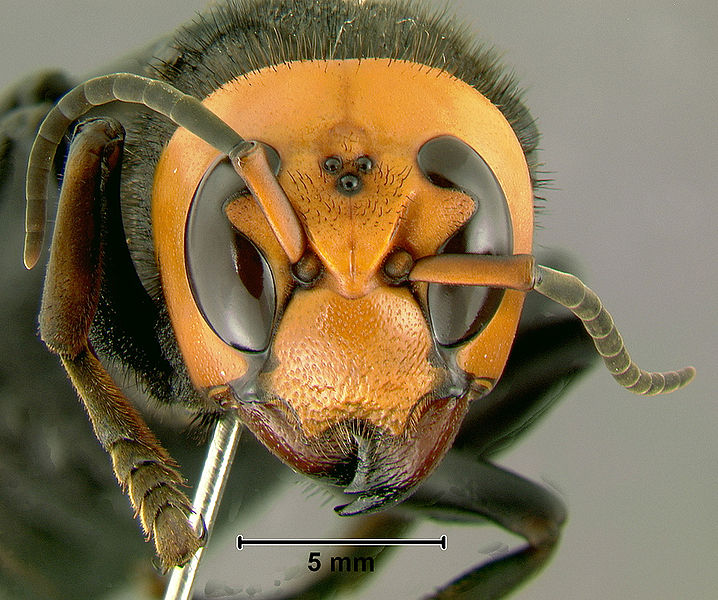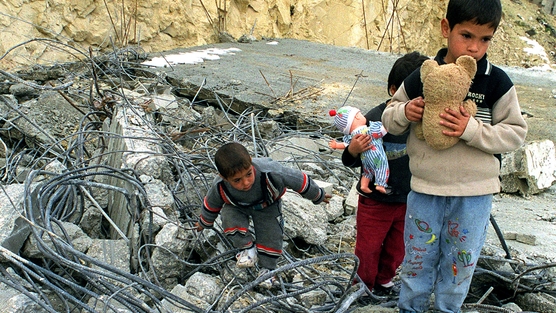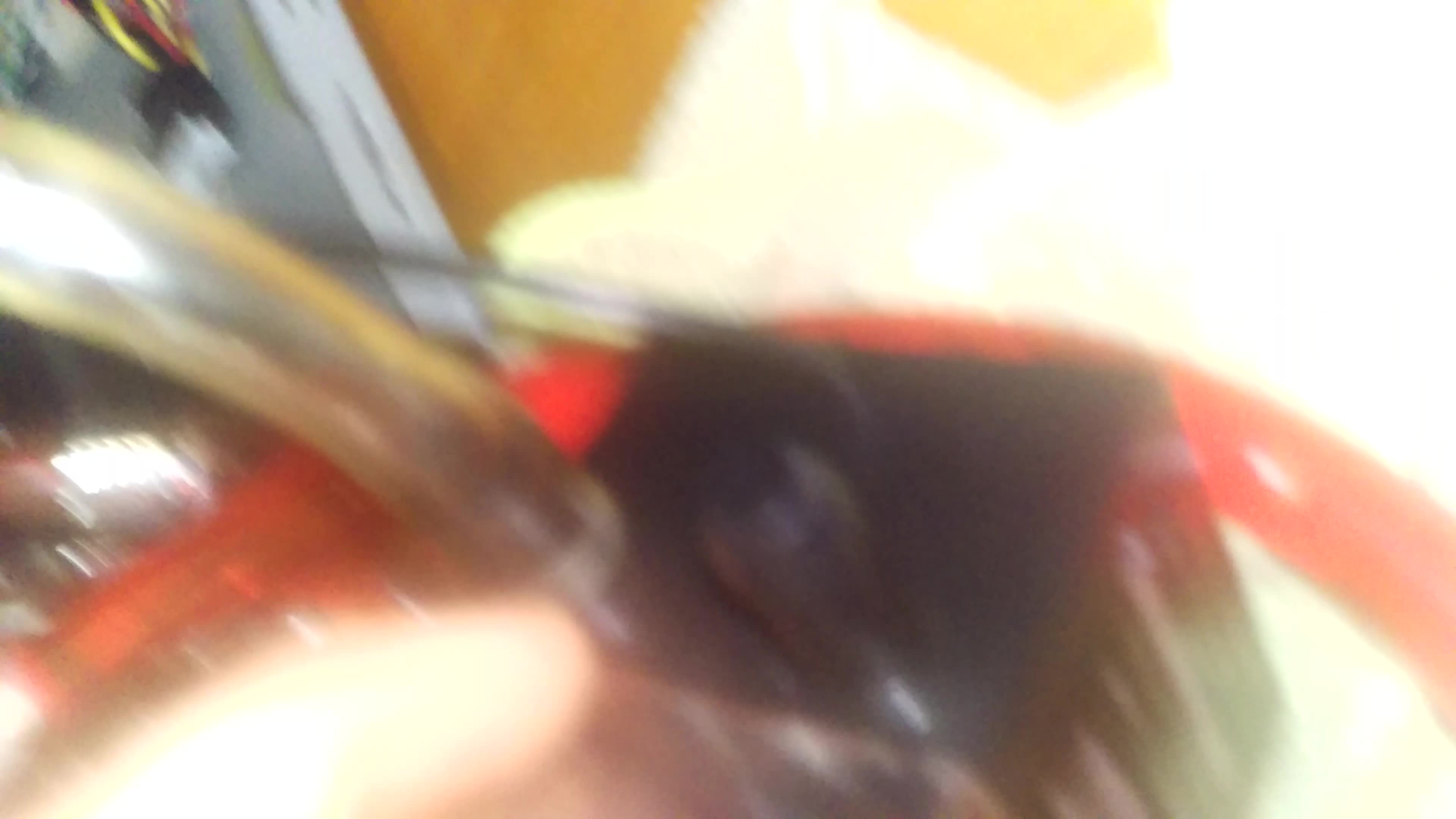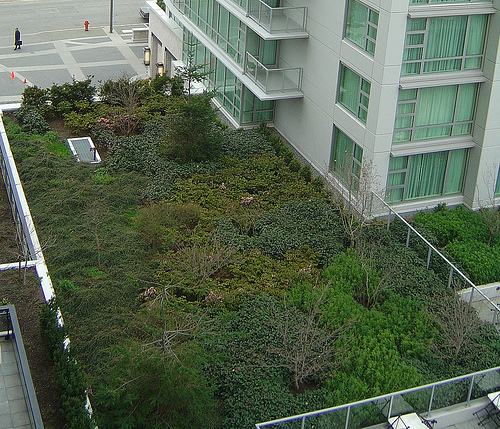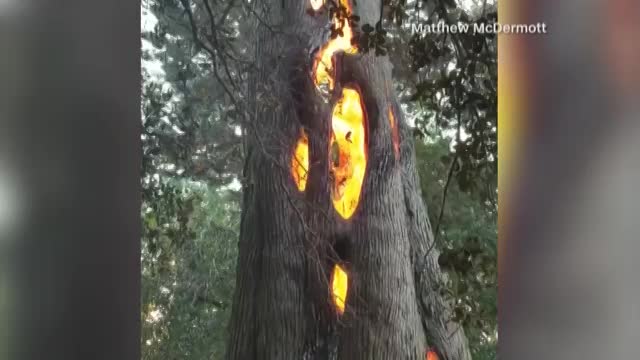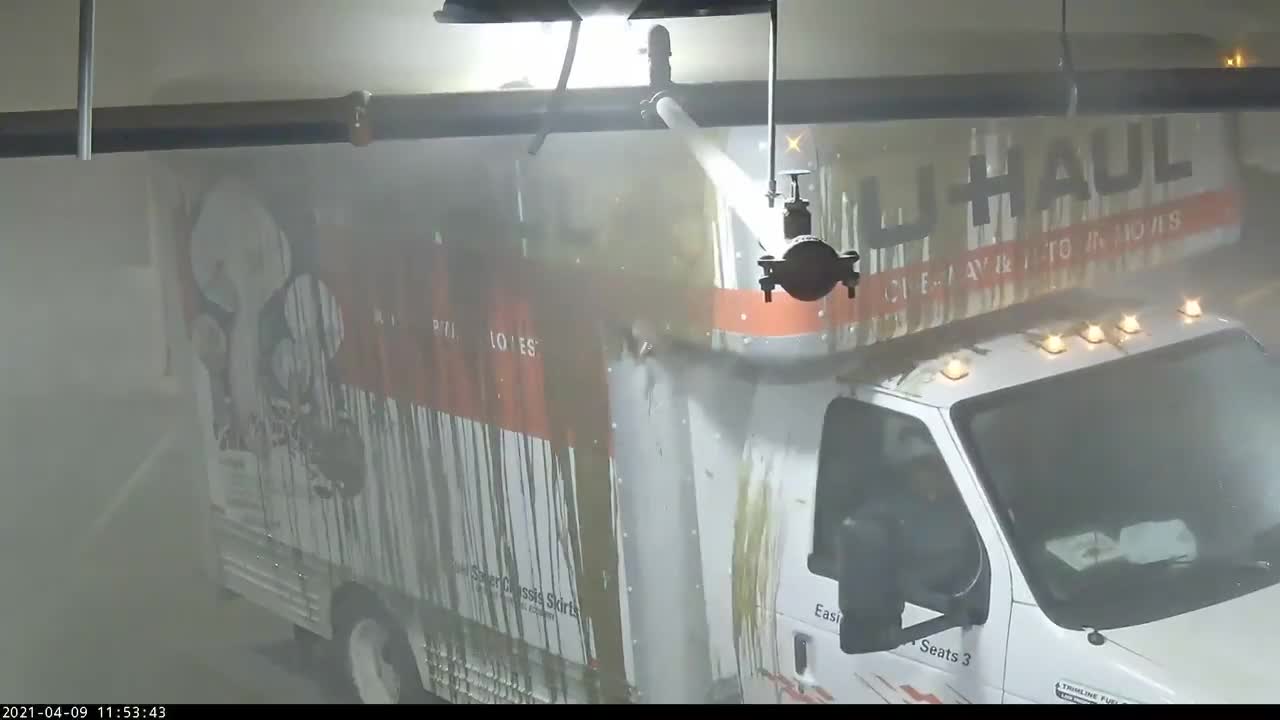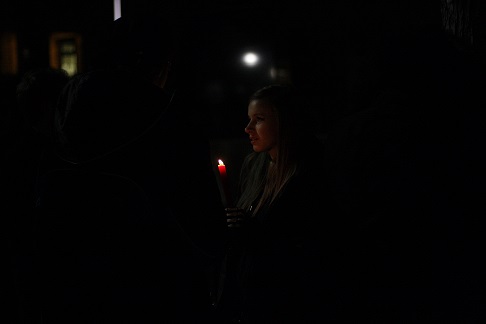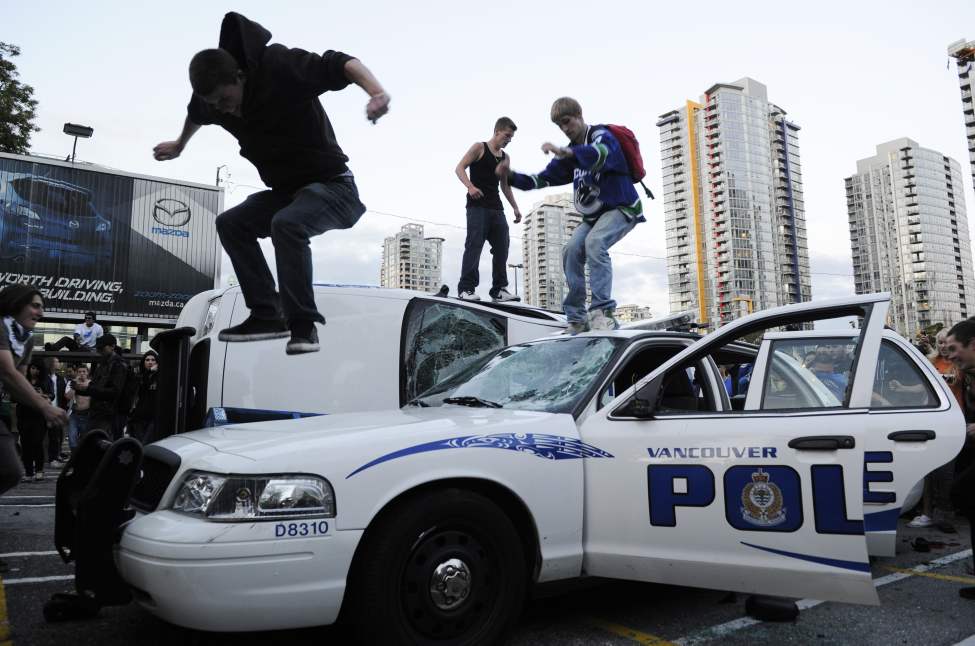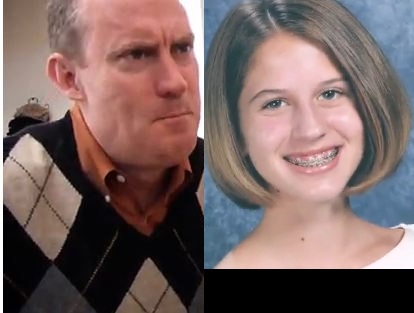MMIW: New unsolved cases added to CBC's database
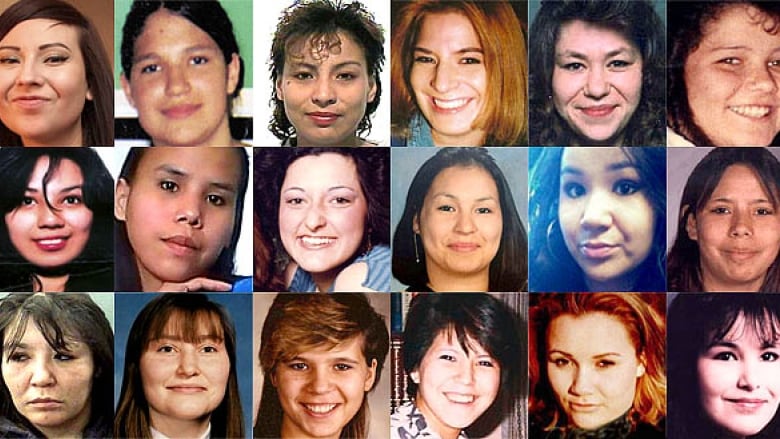
After launching an investigation last year, CBC News continues to follow up onunsolved cases of missing and murdered Indigenous women and girls from across the country.
As of today, CBC has added 55 cases to ourdatabase,285individual cases in total.
Here are just a few women, and their stories,we have recently added to our database.
CaitlinPotts, 27, went missing in February of this year. Her last known location was Enderby or Kelowna, B.C.

It has now been fivemonths since she disappeared and according to her family, the RCMP did not put out a missing person's alert on their site until weeksafter Caitlin was reported missing.
In June, Potts family organized a search of their own, with the help of Indigenous groups in B.C.
"The RCMP have not been conducting a vigorous and robust investigation and consequently there are far more questions than answers," said Stewart.Grand Chief Stewart Phillip, one of the leaders who was called on to join in the search.
Ila Oman,a 43-year-old Dene woman, was found raped and brutally beaten, and left for dead on May 29, 1971, outside Churchill located in northern Manitoba.

A short newspaper clipping at the time, the only known coverage of Oman's case, referred to Oman's rape/killing simply as an "incident."
Mavis Mason,from Fishing Lake and Saddle Lake First Nations, Alta., was29 years old when she was found stabbed to death in Edmonton in October 1990 was also added to the database.
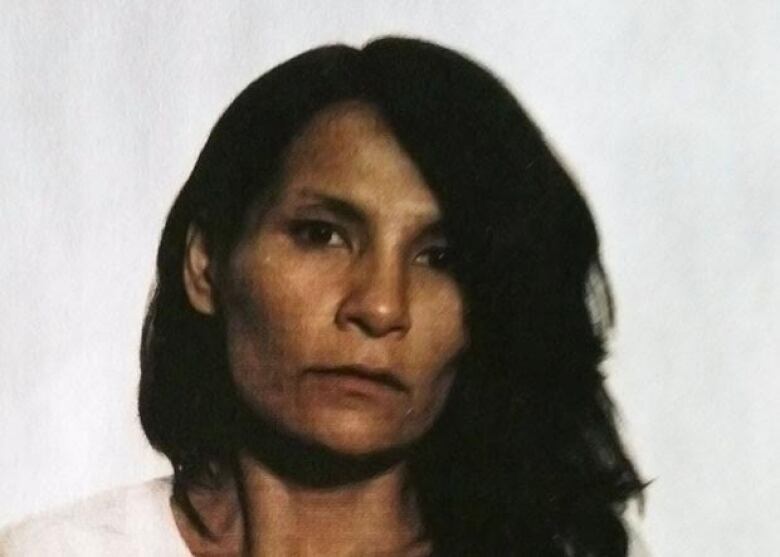
Her daughter Rose-Lee Mason, 25, says no one was charged for her mother's death. Rose-Lee was only 6 months old when her mother was tragically killed.
She accepts that her mother was in the sex trade, but feels that fact is the reason police did not investigate further.
"I understand it's like, the trade that she's in," said Rose-Lee.
"I don't expect them to find anybody because of how little evidence there was. But it would be nice if I could get some closure on that because they did take away my mother from me."
Views still need to change
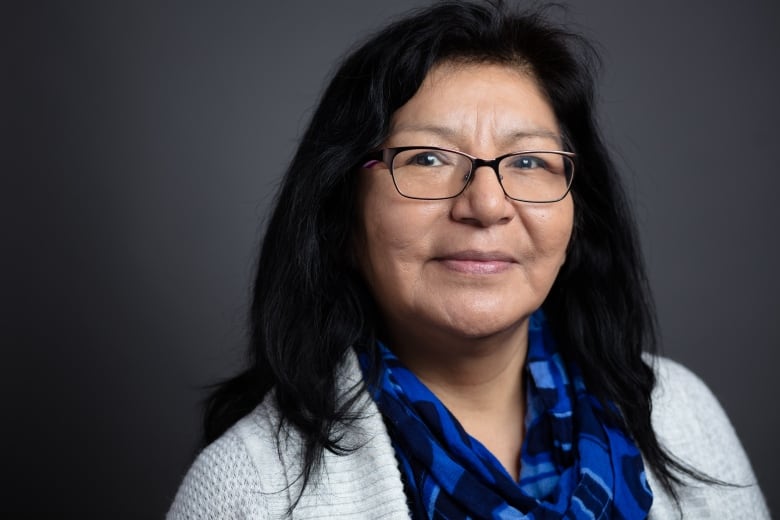
"As soon asa woman goes missing,a First Nation woman, or if she's found deceased...our society, our media, our officersand even our people automatically assumethat this person was living a high risk lifestyle, and that's the mentality that we have to change," says Achneepineskum.
Prior to becoming deputy Grand Chief, Achneepineskum worked for NAN's legal services organization since 1991. She said she's seen numerous cases where the death of an Indigenous woman or girl is concluded as 'accidental' by officials. Or individuals who may have been charged with a woman's death, acquitted or not held responsible.
"What society is saying when those things happen, there are they saying that your sister, your daughter, your mother, your aunt, who is an Indigenous woman doesn't matter," says Achneepineskum.
"It's flawed system, and not only with the police but with the coroner's office as well, and with our courts."
Unresolved
Last spring, CBC looked at more than 230 unsolved cases and interviewed more than 110 family members, all of whom feel their loved one's death was not thoroughly investigated by police.
More recently, CBC News investigated dozens of cases that involved the death or disappearance of an Indigenous women, but where authorities say there was no foul play.
In many of these cases, CBC News found evidence that points to questionable circumstances, something families feel was present all along.
Tanya Hill, 27, from Six Nation community, near Brantford, Ontario was found dead in her apartment in Hamilton in the early morning of March 5, 2011. She was naked except for a white tank top and blue sweatshirt, which were pulled up over her head. The floor and walls were splattered with blood and dents, along with a blood-drenched letter. Hill was struggling leaving an abusive relationship at the time.
According to Office of the Chief Coroner of Ontario, Hill died of acute alcohol poisoning, but the family believes she was killed by someone.
"We get down to the police station and they send this [woman] out, and this [woman] says, 'Oh yeah, I'm sorry to tell you, your daughter's gone,'" said Hill-Maracle. "That was it and she walked away."
Hill-Maracle said that was just the beginning of what would become a downward spiral in the relationship between the family and the Hamilton Police Service and coroner's office.
Inquiry
As part of the federal government's preparation for an upcoming national inquiry into missing and murdered Indigenous women and girls, the department met with families, survivors, leaders and provincial and territorial governments.
But during that pre-inquiry design process, Achneepineskum says she's heard that many families loved ones are not included in any of the known lists of the missing or murdered, and thus unaccounted for.
- Government not doing enough to share details of MMIW inquiry, family members say
- MMIW national inquiry to focus on violence prevention not police investigations
- Inquiry will have to examine police conduct, child welfare system: Bennett
Lastweek CBC News obtained a draft of the terms of reference for the provinces for the inquiry. The draft copy directs commissioners to focus on violence prevention, not police investigations.
The provinces support a national inquiry but not all ready to sign on to it.

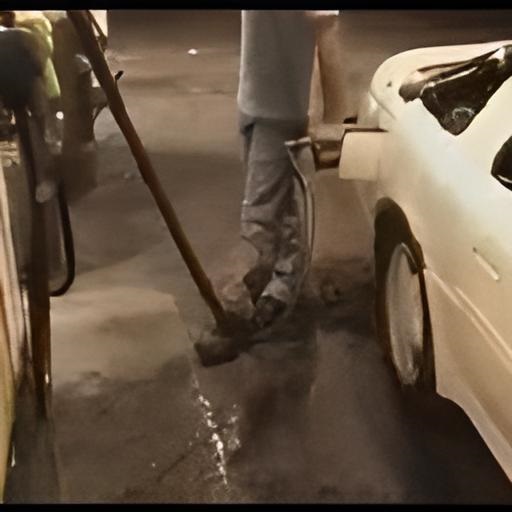


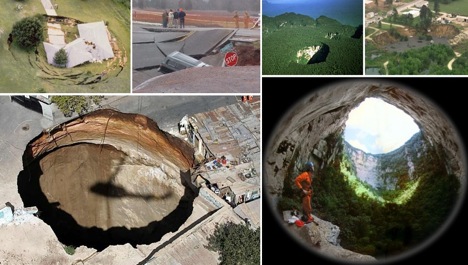



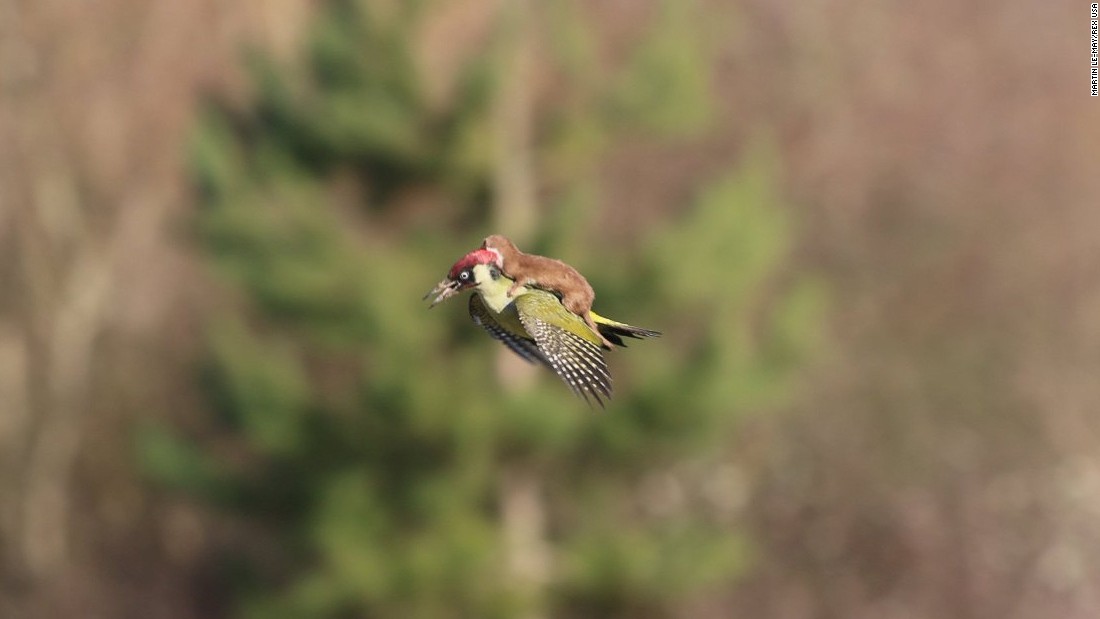




_(720p).jpg)


 OFFICIAL HD MUSIC VIDEO.jpg)
.jpg)












